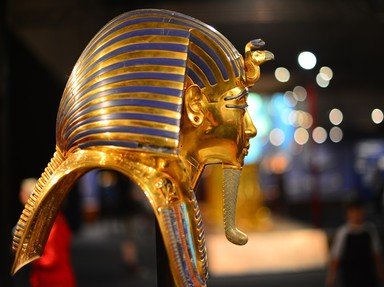Quiz Answer Key and Fun Facts
1. Who conquered Egypt after Dynasty 30?
2. What is unusual about the last six years of the rule of Alexander IV?
3. Ptolemy I Soter is credited with inventing what?
4. Ptolemy VIII Eugertes II was nicknamed Physcon. What does this mean?
5. Ptolemy XII Auletes had a long Greek name. Which of the following three were PART of his name?
6. A woman could not rule on her own. How many co-rulers did the famous Cleopatra have?
7. The Romans' main interest in Egypt was grain but they also exploited minerals. What was found during the reign of Tiberius (in 18BCE)?
8. The emperors paid respect to the Egyptian gods (or tried to keep the locals happy). What did Trajan build at Philae?
9. Some Egyptians were probably given Roman citizenship as a great privilege soon after the conquest. Who gave citizenship to all Egyptians who were not slaves?
10. Which emperor ordered the closing of the Egyptian temples?
Source: Author
tnrees
This quiz was reviewed by FunTrivia editor
bloomsby before going online.
Any errors found in FunTrivia content are routinely corrected through our feedback system.
